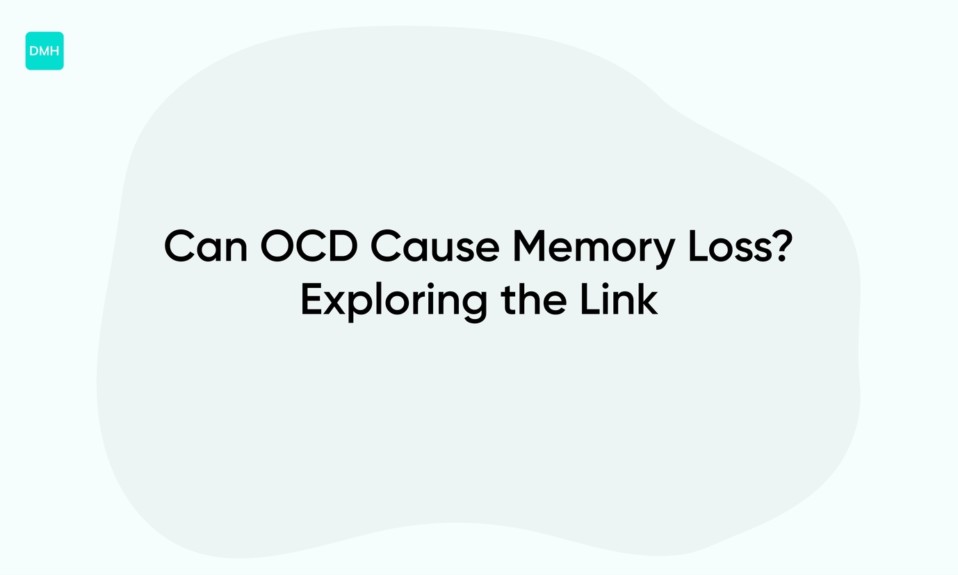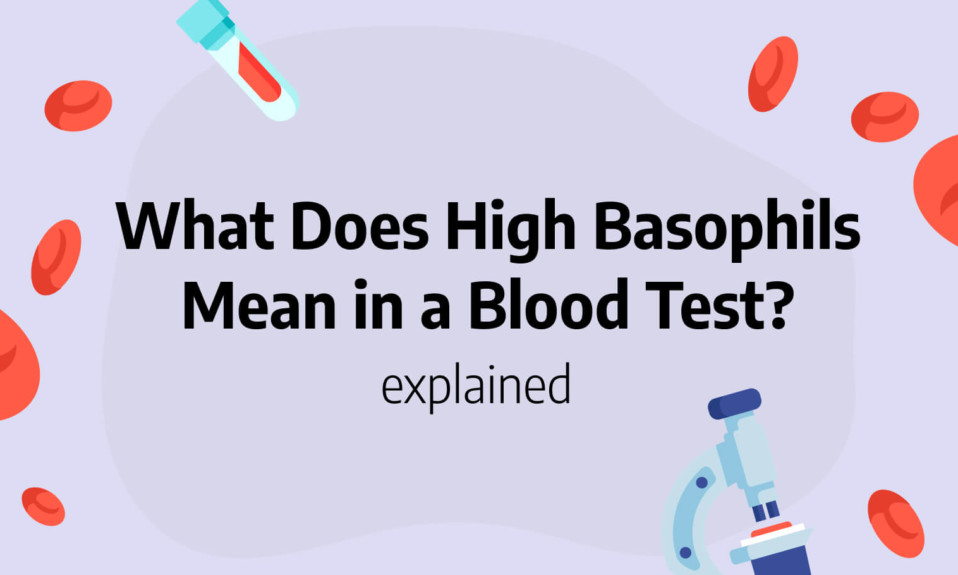Suffering from frequent headaches? Blue light glasses might just be your new solution.
These specialized glasses are designed to filter out blue light emitted by electronic devices that could trigger headaches.
Many studies suggest that blue light exposure negatively affects our eyes and sleep patterns, leading to eye strain, headaches, and even migraines.
In this article, we will discuss the effectiveness of blue light glasses and whether they can help alleviate headaches.
- Blue light glasses lenses are designed to filter out the high energy blue light emitted from digital screens, which may help in reducing the symptoms of digital eye strain, headaches, and migraines.
- Blue light eyewear provides an effective way to reduce exposure to blue light, which can help alleviate headaches related to digital eye strain.
- Blue light glasses are generally more effective when the patient spends longer than two hours a day in front of digital screens.
- Blue light glasses are reported to reduce headaches and migraines in some users, but there haven’t been any scientific studies to confirm these benefits.
- In most cases, blue light glasses won’t alleviate headaches caused by non-visual issues such as dehydration, insufficient sleep, or muscle tension.
Blue Light and Headaches: A Complete Guide
If you’re experiencing headaches after a long day of staring at a screen, you’re not alone.
Blue light, which is emitted by electronic devices such as computers, smartphones, and televisions, has been linked to an increase in headaches and migraines.
In this complete guide, we’ll explore the causes of blue light headaches and provide practical tips to reduce their impact.
One of the primary ways that blue light can cause headaches is by disrupting our circadian rhythms.
Our bodies are designed to be awake during the day and asleep at night, but blue light can suppress the production of melatonin, the hormone that regulates sleep.
This can lead to difficulty falling asleep, insomnia, and daytime fatigue.
When we’re tired, our bodies are more vulnerable to headaches and migraines.
Another way that blue light can trigger headaches is through digital eye strain.
When we stare at screens for extended periods of time, our eyes have to work harder to focus, and this can lead to fatigue, dryness, and discomfort.
This strain can also cause tension headaches, which are often described as a band-like sensation around the head.
So what can be done to reduce the impact of blue light on our bodies? Here are some practical tips:
- Use blue light filters on your electronic devices to reduce the amount of blue light emitted.
- Take regular breaks from screens, at least once every hour, to give your eyes a rest.
- Adjust the lighting in your workspace to reduce glare and eye strain.
- Invest in blue light blocking glasses to wear while using electronic devices.
- Avoid screens for at least two hours before bedtime to allow your body to produce melatonin and prepare for sleep.
In conclusion, blue light headaches are a common problem in today’s digital age.
They’re caused by disruptions in our circadian rhythms and digital eye strain, and they can be reduced by using blue light filters, taking regular breaks, adjusting lighting, wearing blue light blocking glasses, and avoiding screens before bedtime.
By taking steps to reduce the impact of blue light on our bodies, we can reduce the frequency and severity of headaches and enjoy better overall health.
Top Benefits of Wearing Blue Light Glasses
Blue light glasses are becoming increasingly popular due to the growing awareness about the harmful effects of blue light on our health.
Here are some of the top benefits of wearing blue light glasses:
- Protecting Your Eyes From Digital Eyestrain: Prolonged exposure to blue light emitted from digital screens can cause digital eyestrain, which leads to blurry vision, headaches, and dry eyes. Blue light glasses filter the harmful blue light and reduce digital eye strain, making it easier and more comfortable to work on computers, tablets, and smartphones for longer periods.
- Promoting Better Sleep: Exposure to blue light disrupts our body’s circadian rhythm, suppressing the production of melatonin – the hormone that helps us sleep. Wearing blue light glasses in the evening or before bedtime reduces the amount of blue light we are exposed to and promotes better sleep.
- Reducing the Risk of Age-Related Macular Degeneration: Blue light can penetrate deep into the eye, causing damage to the retina and increasing the risk of age-related macular degeneration. Wearing blue light glasses can help reduce the risk of this condition by blocking out the harmful blue light and providing an extra layer of protection to the eyes.
- Preventing Headaches and Migraines: Many people suffer from headaches or migraines triggered by exposure to blue light. By filtering out blue light, blue light glasses can help prevent these painful conditions and improve overall quality of life.
This is particularly important for people who work night shifts or spend a lot of time indoors.
In summary, blue light glasses are a simple and effective way to protect our eyes from the harmful effects of blue light while providing additional health benefits such as better sleep and reduced risk of age-related macular degeneration.
Whether you work on a computer all day or spend a lot of time on your smartphone, investing in a pair of blue light glasses could make a significant difference in your health and wellbeing.

How to Choose the Right Blue Light Glasses for You
Blue light glasses have gained popularity in recent years as more people spend a significant amount of time in front of screens.
However, not all blue light glasses are created equal, and choosing the right pair can be overwhelming.
The first thing to consider is the type of blue light glasses you need.
Some glasses have a clear lens that blocks harmful blue light emitted from screens, while others have a yellow or amber-tinted lens that not only blocks blue light but also enhances contrast and reduces glare.
The latter type is more suitable for those who work in bright offices or under fluorescent lights.
Another important factor to consider is the lens material.
Glass lenses are durable and scratch-resistant, but they are heavier than plastic lenses.
Polycarbonate lenses, on the other hand, are lighter and shatter-resistant but may scratch more easily.
In addition, some glasses have special coatings that protect against scratches and smudges, making them easier to clean.
Frame style and fit are also important considerations.
Blue light glasses come in a variety of frame styles, from round to cat-eye to aviator.
Choose a style that not only fits your face shape but also matches your personal style.
The frames should also fit snugly and comfortably on your face to prevent slippage and ensure optimal protection.
Lastly, consider the brand and price.
While it may be tempting to go for the cheapest option, investing in a quality pair of blue light glasses can make all the difference in the long run.
Look for reputable brands that offer high-quality lenses and frames.
In conclusion, choosing the right blue light glasses requires taking into account multiple factors, including the type of glasses, the lens material, frame style and fit, and the brand and price.
By considering these factors and investing in a quality pair of glasses, you can enjoy improved eye health and reduce the negative effects of screen time.
Do Blue Light Glasses Help With Headaches
Blue light glasses are becoming more popular these days, as they are claimed to help with headaches, eye strain, and sleep problems.
But do they really work? The answer is yes, they can help with headaches caused by excessive screen time.
Blue light glasses work by blocking or filtering out blue light waves that are emitted from digital devices such as computers, smartphones, and TVs.
Blue light waves are short and high-energy, and they can penetrate deep into the eye, reaching the retina and causing damage over time.
By reducing the amount of blue light that enters the eye, blue light glasses can alleviate headaches, fatigue, and other symptoms of eye strain.
But not all blue light glasses are created equal.
Some are made with cheap materials that do not block blue light effectively, while others may distort color perception or cause visual discomfort.
It’s important to choose high-quality blue light glasses that are specifically designed for digital use and have been tested for their effectiveness.
Look for glasses that have a blue light blocking coating or filter, and that have a tint that is optimal for your vision and needs.
It’s also worth noting that blue light glasses are not a cure-all solution for all types of headaches.
There are many different causes of headaches, such as migraine, tension, sinus problems, or even dehydration.
If your headaches are severe or persistent, it’s best to consult a healthcare professional to determine the underlying cause and get appropriate treatment.
In conclusion, blue light glasses can be an effective tool for relieving headaches caused by too much screen time.
They work by reducing the amount of blue light that enters the eye, which can help to reduce eye strain, fatigue, and headaches.
When choosing blue light glasses, make sure you opt for high-quality glasses that will provide adequate protection and comfort.
Remember, in addition to using blue light glasses, it’s also important to take regular breaks from screen time, stay hydrated, and practice good posture to reduce the risk of headaches and eye strain.
You’ll also like: How To Stop Diarrhea On Optavia
The Science Behind Blue Light Glasses and Headaches
If you’ve ever experienced headaches or eye strain after spending time in front of a computer or TV screen, you may have heard about blue light glasses.
Blue light glasses are designed to filter out the high-energy blue light emitted by electronic devices.
But what is the science behind this phenomenon?
Blue light has a short wavelength and high energy, which means it can penetrate deep into the eye.
Exposure to blue light at night can disrupt the production of the sleep hormone melatonin, which can lead to insomnia and other sleep disorders.
Additionally, prolonged exposure to blue light during the day can cause digital eye strain, which can result in headaches, blurred vision, and dry eyes.
This is where blue light glasses come in.
These glasses have lenses that are coated with a special filter that blocks out the blue light from electronic devices.
This can reduce the risk of digital eye strain and potentially prevent headaches.
Studies have shown that blue light glasses can be effective in reducing symptoms of digital eye strain.
In one study, participants who wore blue light glasses reported a 60% reduction in symptoms such as eye strain, blurred vision, and headaches.
However, it’s important to note that blue light glasses are not a cure-all solution.
They should be used in conjunction with other measures to reduce digital eye strain, such as taking frequent breaks, adjusting the position of your computer screen, and adjusting the lighting in your workspace.
In conclusion, blue light glasses can be an effective tool in reducing the risk of digital eye strain and preventing headaches.
While they are not a cure-all solution, they can be an important part of an overall strategy to protect your eyes and maintain good eye health.
Read also: Why Does Stress Cause Diarrhea
Pros and Cons of Using Blue Light Glasses for Headaches
Using blue light glasses for headaches is a popular solution to relieve eye strain and migraines caused by the overuse of digital devices.
These glasses have special lenses that filter out harmful blue light emitted by screens, reducing the amount of strain on your eyes.
However, there are both pros and cons to using blue light glasses.
The Pros: Firstly, blue-light glasses can significantly reduce eye strain and headaches associated with excessive screen use.
If you work in an office or spend a lot of time in front of a computer, using blue light glasses can help alleviate symptoms of digital eye strain, including dry eyes and blurred vision.
This makes it easier for you to work or play on your devices for longer without feeling uncomfortable.
Secondly, wearing blue light glasses can help you sleep better.
Blue light is known to stimulate the brain and suppress the production of melatonin, a hormone that’s essential for sleep.
By wearing blue light glasses in the evening, your brain can wind down more easily, and you may be able to sleep better.
The Cons: While there are many benefits to using blue light glasses, there are also some downsides to consider.
Firstly, blue light glasses can be expensive.
Some tests have shown that regular use of blue light glasses does not necessarily improve sleep or reduce eye strain any better than using traditional glasses or reducing screen time.
Therefore, spending significant amounts of money on a particular type of glasses may not always be justified.
Secondly, blue light glasses can also alter the color and brightness of your screen, which may not be ideal for designers or photographers who need a good representation of colors in their work.
In conclusion, blue light glasses are a useful option for those who spend long hours in front of screens.
While there are some downsides to using them, the benefits of reduced eye strain, headaches, and improved sleep are hard to ignore.
However, whether you decide to use them or not, remember to take regular breaks from your devices, adjust screen brightness, and increase font sizes to reduce eye strain and headaches.
Read also:










